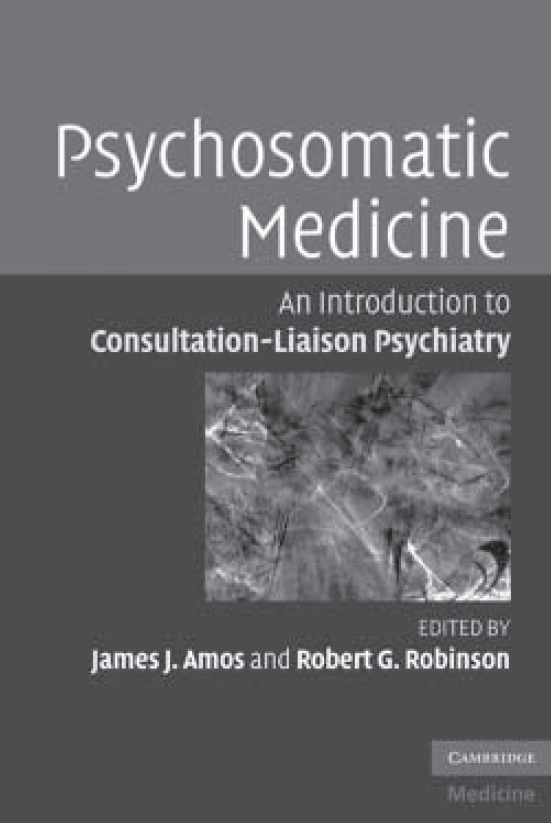
There are reasons to believe that aspects of liaison psychiatry will grow in the near future, despite previously predicted false dawns in the UK. These include the continued focus on improved quality in clinical pathways, together with the recent announcement of a major power shift to primary care. Aspects of the liaison model, such as improved treatment of the psychological sequelae of chronic physical conditions through to better management of medically unexplained symptoms, could provide service development opportunities for traditional liaison teams as well as for more holistically oriented community psychiatric colleagues.
This book would sit well on the shelf of anyone thinking of such a move. The authors state that they wanted to create their own ‘little book of psychosomatic medicine’ and in this I think they succeed. It is an edited collection of 28 chapters and is laid out in a concise, easy-to-read format. Each chapter, no more than a few pages long, gives a brief summary, case examples and an extensive reference list.
The book starts logically, extolling the virtues of good communication before skimming the surface of transference analysis of difficult interactions. It goes on to briefly focus on some of the more traditional hospital-based liaison topics such as assessment of delirium, alcohol use and self-harm, and gives short chapter overviews of somatoform and factitious disorders. Chapters focusing on a range of other specific situations pepper the book, from pregnancy to the special consideration of children, transplant procedures and the increasingly relevant bariatric interventions. Each of these chapters is likely to prove useful as signposting to more detailed texts. The strongest section of the book gives a series of detailed summaries of the knowledge base of specific conditions such as post-stroke depression, depression and cardiac disease and the interplay between mental health and a range of other conditions, from cancer to a variety of neurological, endocrine and infective disorders.
Understandably, the book has a US focus – its cited evidence base is overwhelmingly stateside-oriented and there is a dominance of DSM diagnoses. In addition, several chapters give specific drug usage and dosage information, which obviously should not be followed without checking with local guidelines first. However, for the book’s focus on psychosomatic medicine in its widest sense, it is an excellent entry-level text for students, postgraduate trainees and many other professionals.



eLetters
No eLetters have been published for this article.